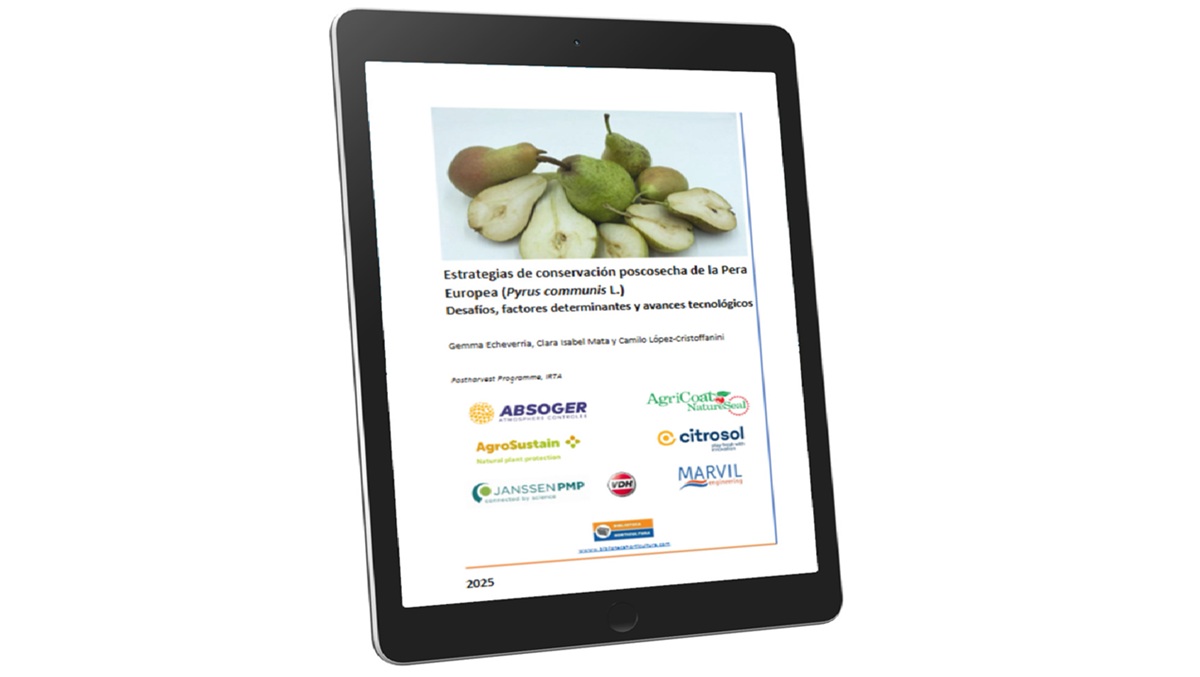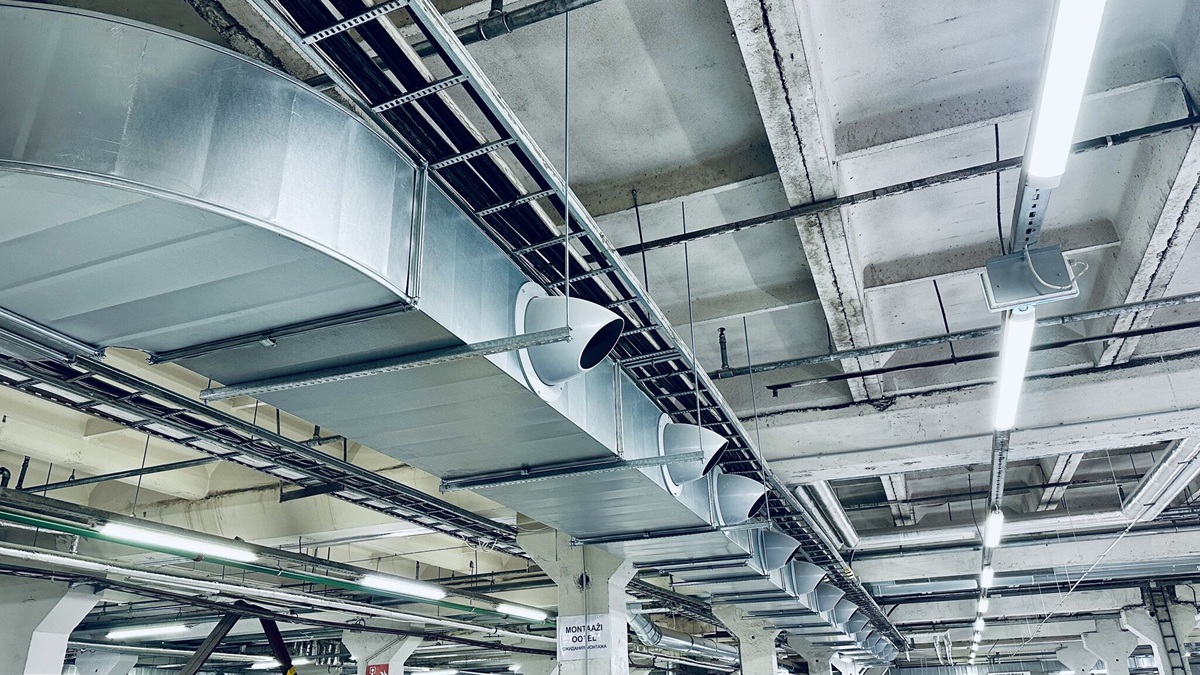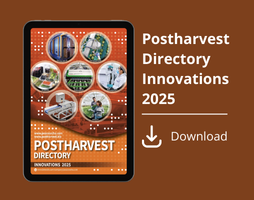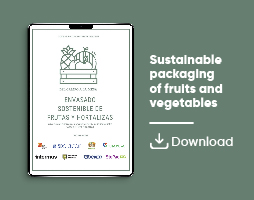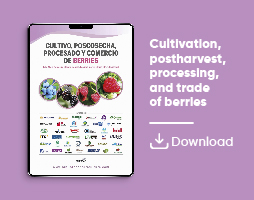News
Recent postharvest advances in the floriculture industry
P. Ghimire et al. review the advancen in the floriculture industry, leaving to a better quality arriving to the customer and lesser waste
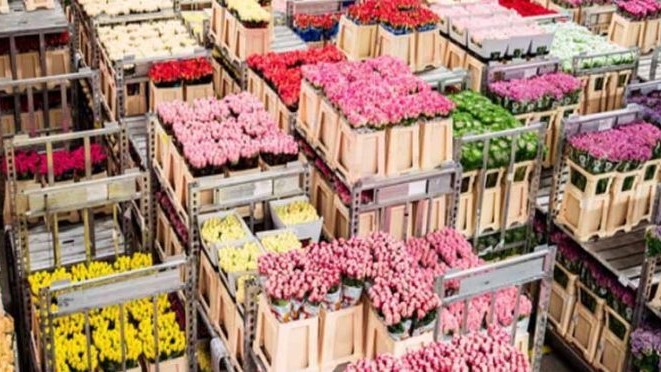
Post-harvest technology is essential to maintain the quality and freshness of produce from harvest to use by end consumers. The main aim of post-harvest preservation is to elongate the vase life of cut fl owers and improve their quality in the market (Wani et al., 2023).
There are several techniques to extend the shelf life of flowers and fl ower preservation, including the use of
- ethylene action inhibitors,
- growth regulators,
- floral preserving treatments,
- temperature regulation, and
- flower dehydration (Costa et al., 2021).
Stage of harvesting
Initially, a major concern for improved longevity of flowers is the proper stage of harvesting the plant according to the distance to deliver. The use of sucrose in a pulsing solution or as a component of a vase solution delays the senescence of cut flowers either by increasing water balance and energy or with a decrease in ethylene production (Costa et al., 2021).
Water quality
Techniques such as reverse osmosis and UV sterilization help to improve the quality of water used in flower care as water quality is highly essential for post-harvest vase life (Wani et al.,2023).
Temperature
Storage in lower temperatures is highly applicable to reduce carbon dioxide concentration and ethylene production in flowers but, chilling sensitive flowers as bird-of-paradise, heliconia, and orchids, cannot be stored below 10- 13°C because of the severe tissue discoloration.
Plant hormones and ethylene inhibitors
The use of plant hormones as; rose sprayed with 1-mM GA3 suppressed the development of postharvest diseases by inhibiting the senescence-related changes, Benzyl adenine (BA) improved the vase life of Anthurium andraeanum, Heliconia psittacorum, Heliconia chartacea, and Alpinia purpurata by 1.5-2.5 folds.
Also, the use of ethylene inhibitors such as Rhizobitoxin analogs as Aminoethoxyvinylglycine (AVG) or Aminooxyacetic acid (AOA) can improve the vase life of orchids (Costa et al., 2021).
Innovations in postharvet technology lowers waste
Thus, the elements that greatly affect the regulation of cut flower senescence are handling conditions, environment, plant hormone activity, carbohydrate content, and water relations. The quality and durability of cut flowers are being enhanced by innovations in post-harvest technology, which
additionally aids in lowering waste and improves the sustainability of the floral industry.
The text before is part of the paper Recent Advances in Floriculture Industry, by P. Ghimire et al.
Abstract of the paper
The floriculture industry, a vital subsector of ornamental horticulture, has witnessed significant advancements in enhancing sustainability, productivity, and quality. This review paper explores the recent innovations reshaping floriculture, including modifi ed farming methods, soilless cultivation, biotechnology, nanotechnology, blockchain, precision farming, and postharvest technologies.
More efficient cultivation techniques
Techniques such as greenhouse cultivation, vertical farming, and integrated farming are gaining popularity for their ability to improve resource efficiency and meet market demands. Soilless technologies like hydroponics and aeroponics off er advantages in water and fertilizer usage, and high-quality flower production with reduced environmental impact.
Better flower traits and postharvest quality preservation
Genetic engineering and biotechnology, including tissue culture and molecular breeding, are revolutionizing the industry by enhancing flower traits such as color, disease resistance, and postharvest longevity.
Nanotechnology, with applications in flower preservation and disease resistance, is improving shelf life and reducing the need for chemicals.
Blockchain technology is fostering transparency and traceability in the supply chain, while precision farming tools, including AI and IoT, are optimizing growing conditions for better yield and quality.
Finally, innovations in post-harvest technology are extending the vase life of fl owers, minimizing waste, and improving marketability.
Costs and technical expertise
Despite the potential benefi ts, challenges such as high costs and technical expertise requirements hinder the widespread adoption of these technologies.
Continued collaboration among scientists, growers, policymakers, and consumers is essential for overcoming these barriers and ensuring a sustainable and profi table future for the Nepalese floriculture industry.
Sources
Recent Advances in Floriculture Industry
Pratikshya Ghimire, Nirajan Bhandari, Ganesh Lamsal, Umed Pun
Nepalese Floriculture, Clean environment & economic prosperity through floriculture, 2025
https://www.researchgate.net/profile/Nirajan-Bhandari-2/publication/390628666_Recent_Advances_in_Floriculture_Industry/links/67f6a59e03b8d7280e2fb6bf/Recent-Advances-in-Floriculture-Industry.pdf
Picture,
https://www.blogdelflorista.es/index.php/2019/08/10/como-se-transportan-las-flores/


.jpg)
